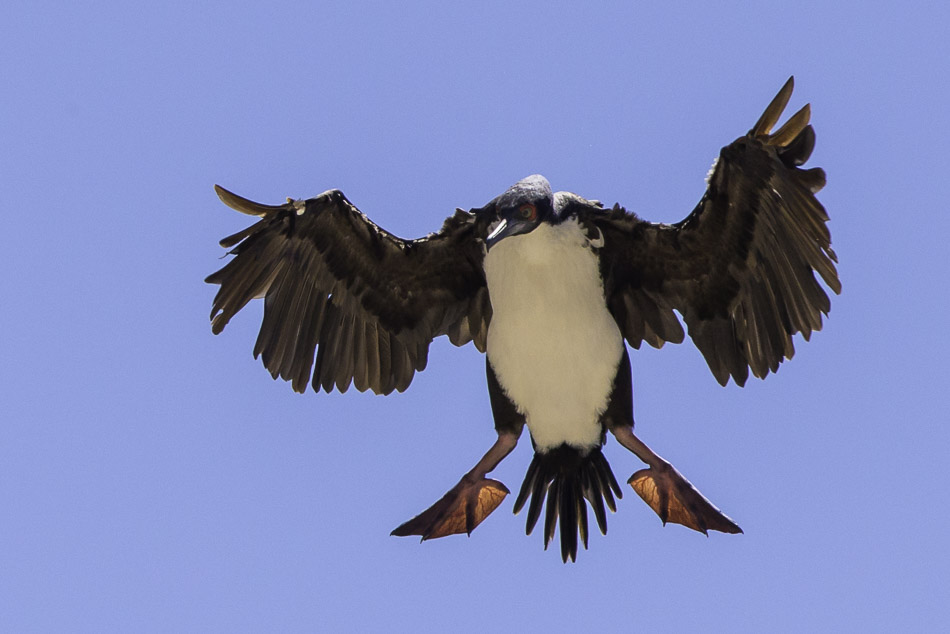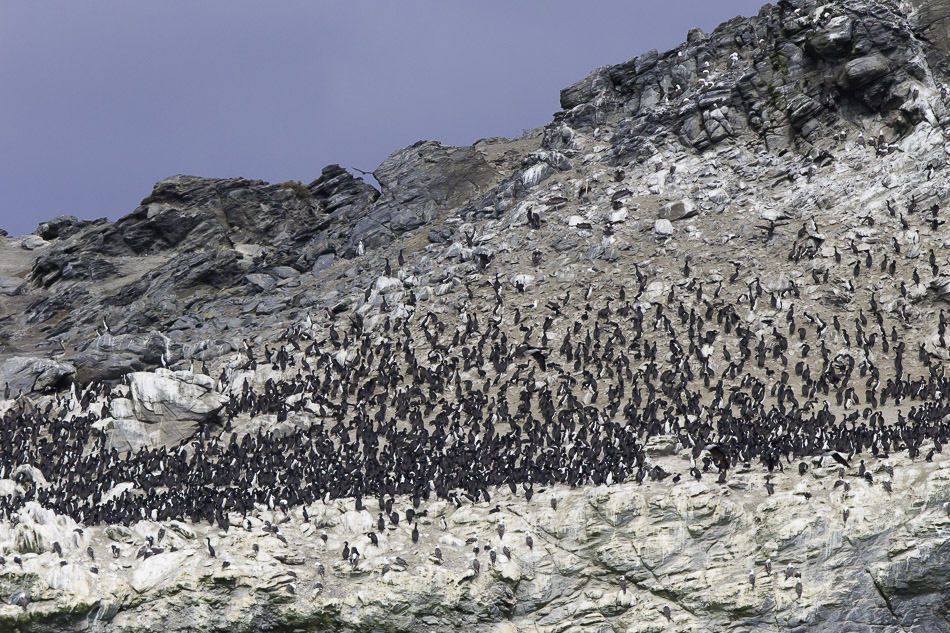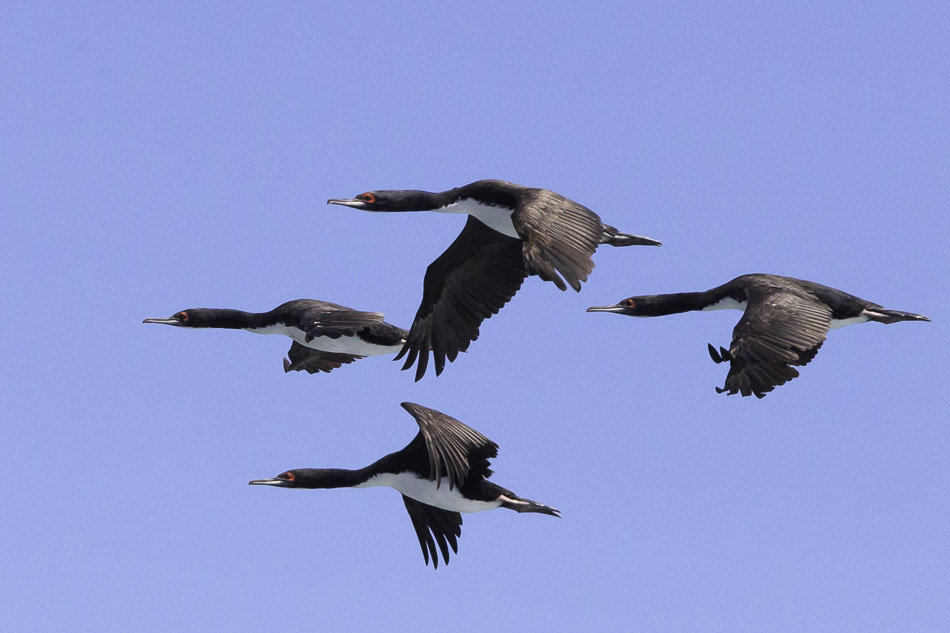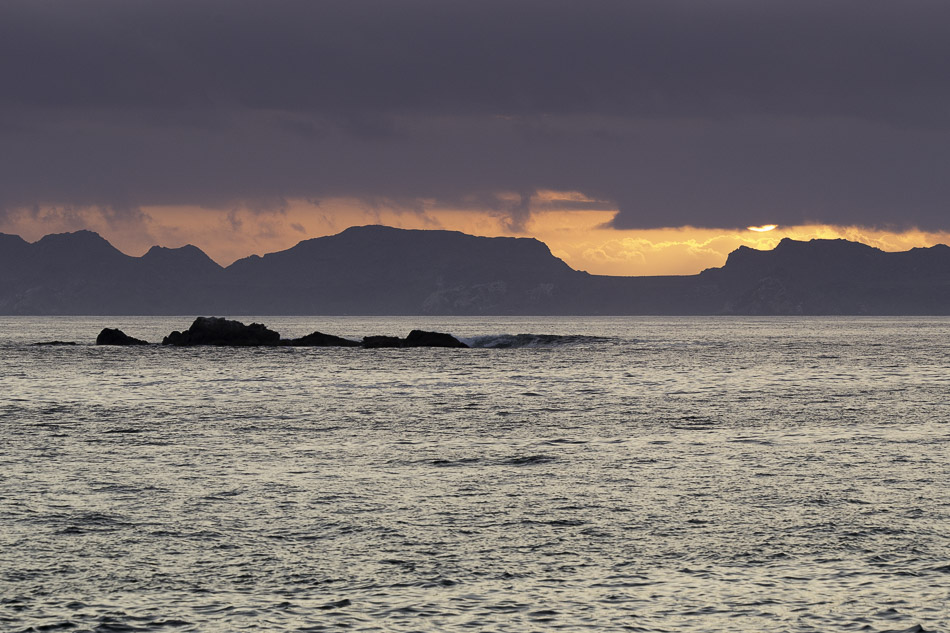The livelihoods of many birds change with the wind and sea currents, especially in an El Niño year.
The 1998 El Niño was the strongest recorded in the 20th Century. Consequently the marine life of the Humboldt Current plummetted and so did the fortunes of many birds and marine mammals, particularly the numerous Guanay Cormorant, a threatened bird of Chile and Peru.

This bird was once dubbed ‘the most valuable bird in the world’ on account of the millions of tonnes of nitrogen rich guano exported from its breeding grounds, during the 19th century.
 The Guanay Cormorant feeds almost exclusively on anchovy, which require the cold water seas of the Humboldt. In El Niño years, the sea temperature increases and this severely diminishes all marine life.
The Guanay Cormorant feeds almost exclusively on anchovy, which require the cold water seas of the Humboldt. In El Niño years, the sea temperature increases and this severely diminishes all marine life.
Last year the Living Wild in South America expedition arrived at the Chilean coast and we were pleased to see that populations of the Guanay Cormorant appeared to be doing well.
2015 was another El Niño year, not as strong as in 1998 but the Guanay Cormorant, the El Niño bird, still suffered breeding losses and only a proper census can ascertain the true population.

Peru and Chile have limits to their anchovy fishing catch, but they are not sufficiently controlled and long term sustainability remains in the balance. In addition up to 20,000 birds are trapped annually for food in Peru.
90% of the breeding Guanay Cormorants are confined to a narrow part of the Chilean and Peruvian coast and one of the best places to see the birds are at the Reserva Nacional Pingüino de Humboldt in Chile. This is about 500km north of Santiago. There are a number of good camp sites at Punta Choros as well as many small guesthouses.
Boats are available most of the year, but the best time to visit is September and October. This is the time when most seabirds are breeding and also the best time to see Humpback, Fin and possibly Blue Whales which appear off the coast.


